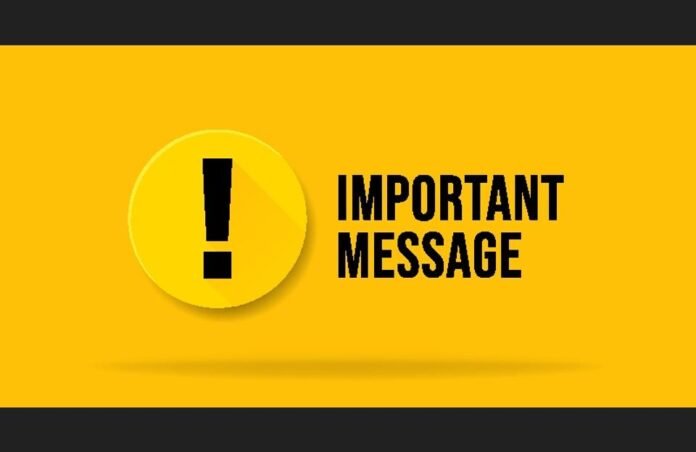Now hear this!
Lori Pressler, Deloitte’s Chief Ethics Officer, recently explained why a business cannot have a strong ethical culture if its CEO is not deeply committed to ensuring ethical conduct at every level of the organization.
Ethical leadership begins with the CEO.
You can’t have a winning team without a winning coach. Without a CEO who values integrity, “it becomes harder to normalize ethical principles and accountability,” Pressler told Unleash’s Allie Nawrat.
Recall the scandal at General Motors 11 years ago in which the company failed to recall vehicles with known ignition switch defects. Over a dozen people died as a result. An internal investigation revealed a culture of avoidance: executives passed the buck in endless committees, avoided documentation, and even coined terms for inaction like the “GM Nod” (pretending to agree but doing nothing) and the “GM Salute” (physically pointing to others to deflect responsibility). CEO Mary Barra rightly called these “bureaucratic processes that avoided accountability” and took responsibility for them.
You might ask, “Isn’t taking responsibility just basic decency? Does that really count as ethical leadership?”
Consider how other CEOs have responded to disasters of their own making.
The Deepwater Horizon disaster
GFire boat response crews battle the blazing remnants of the off shore oil rig Deepwater Horizon in … More
When the Deepwater Horizon rig exploded in the Gulf of Mexico, causing the worst oil spill in history, BP’s then-CEO Tony Hayward said this about accountability: “The responsibility for safety on the drilling rig is Transocean [sic]. It is their rig, their equipment, their people, their systems, their safety processes.”
BP only accepted blame when a mountain of evidence made denial impossible. Years later, Hayward’s response remains the platinum standard for how not to take responsibility as a leader.
That’s why Deloitte is right to observe that a company cannot hope to build and maintain a strong ethical culture if its CEO is not deeply committed to running the company ethically.
The role of ethics training in maintaining a strong ethical culture
Your company doesn’t treat anti-money-laundering (AML) training as one-and-done. Ethics training … More
It’s up to a company’s board of directors to install a leader who cares about integrity and walks the talk. But what about the rest of the organization? How can a business increase the likelihood that every employee is as committed to ethical conduct as the person at the helm is?
In addition to hiring for character as well as competence, smart businesses also make ethics training a recurring component of corporate life. Training programs of all stripes are not one-and-done. The landscape continues to change and evolve, which is why businesses give regular training on the topics of anti-money laundering, compliance, cybersecurity, and workplace safety.
Ethics training deserves the same level of attention. After all, new dilemmas emerge as technologies shift, markets evolve, and teams grow. Treating ethics as an ongoing conversation helps to maintain an organizational culture that values doing the right thing.
The components of a successful ethics training program
Building an ethical culture starts with the right building blocks.
Some topics are drier than others, but ethics may be the toughest subject of them all to make engaging, relevant and accessible. The best ethics training programs do three things well.
1. They use scenarios that prompt employees to say, “That’s happened to me!” or “I heard that happening to someone I know here.” This means that the training is not one-size-fits all. In a bank, for example, compliance professionals and accountants face different “What should I do?” scenarios, and the ethics training should reflect those differences.
2. They avoid fancy language. A well-regarded ethics textbook uses the term “the principle of nonmaleficence” to refer to a fundamental ethical principle. But all that term means is ”do no harm.” Why not skip a Latin-derived term that few people outside of philosophy circles understand and talk instead about the Do No Harm principle? (Or, as Google would have it, “Don’t be evil.”)
3. They have interactive components. The saying, “Tell me and I forget, show me and I remember, involve me and I understand,” may be falsely attributed to Confucius, but it remains true. Teaching isn’t about spewing information and hoping against hope that the recipient will catch and digest it. Instead, it’s about ensuring that participants are actively involved in learning material that will help them make the right decisions at the right time in the right way.
The takeaways
Four takeaways for you to enjoy!
1. You can’t have a winning team without a winning coach. Ethical leadership, as Deloitte’s Chief Ethics Officer Lori Pressler notes, starts at the top.
2. Still, an ethical CEO is a necessary but not sufficient condition for an ethical business culture. Ethics training is another essential component.
3. Ethics training is not one-and-done, not even once-a-year-and-done
4. The best ethics training programs have tailored scenarios for different job roles. They also avoid fancy language, and they involve participants throughout the sessions.







